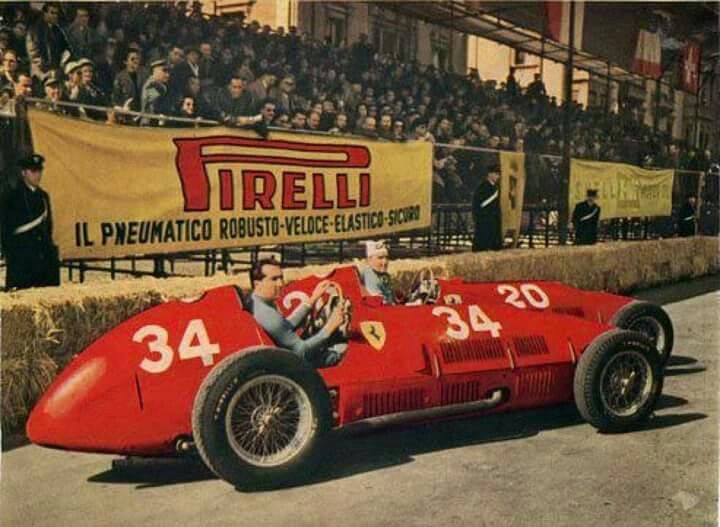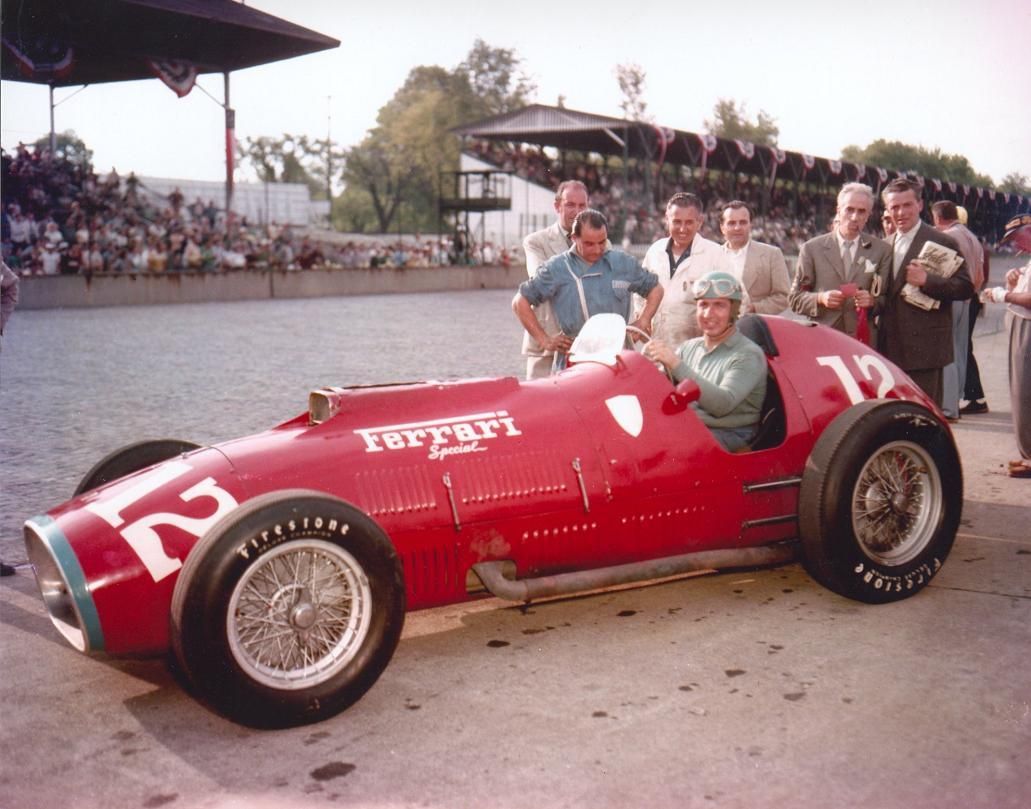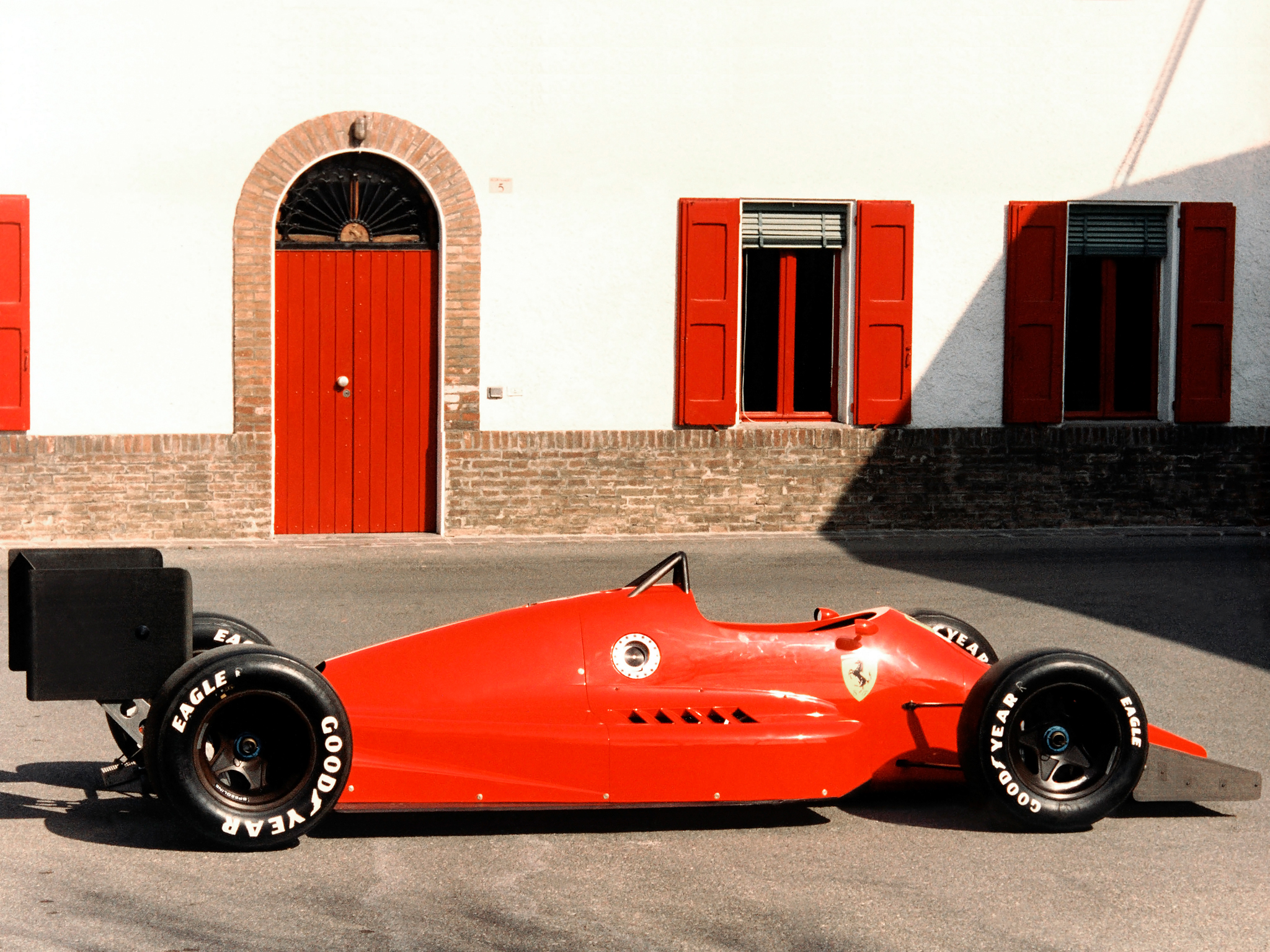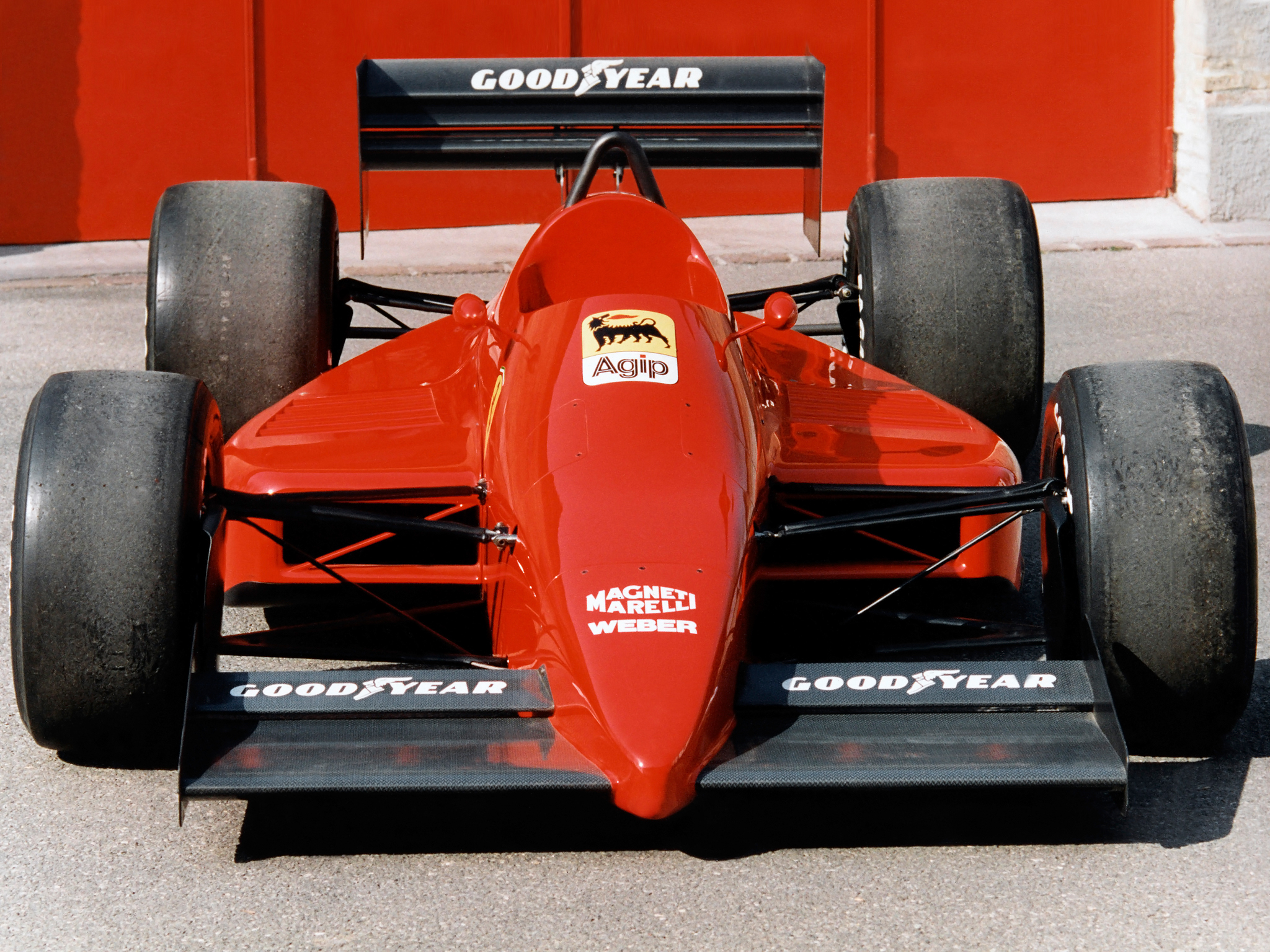Enzo Ferrari: that victory with a car that never raced
Photo Credit: Indianapolis Motor Speedway, Ferrari, Wheelsage
When you’re a leader, you have to be able to act like a leader. It’s no surprise, then, that the name of the oldest race in the world, the Indianapolis 500, periodically appears in Ferrari’s history. The first time was in 1952. The rules of Formula One had changed, and Enzo Ferrari had the magnificent 4,500cc V12 from the 375 F1s that had given him his first world title at Silverstone. What should he to do with it? Well since it could be fairly easily be reduced to 4,400cc, the maximum displacement allowed back then at the Indiana oval, why not try their luck at Indianapolis? Readers should know that in those years, the Indianapolis 500 was part of the series of races to qualify for the World Championships, even if it was governed by different regulations, and for Ferrari, which was discovering America as its primary market, this would have been an opportunity to build a strong presence there.

For this reason Enzo decided to make two cars specifically for this race, with the structure of the 375 F1 but modified for the American circuit, with a wheelbase increased to 2.54 metres in comparison with the 2.32 metres of the Formula 1 single-seater. Trials of the car were entrusted to Nino Farina, the newly-crowned world champion with Alfa Romeo, who took it racing at the Valentino Circuit, in Turin on 6th April 1952. This turned out to be a disaster as the car was involved in an accident so violent in was impossible to repair it in time for the American race on 30th May. As a result, Ascari went alone and qualified 19th out of 33 starters but was thwarted by the failure of a wheel hub on lap 40. During the race, the Italian had gained numerous positions, but the stresses of the American oval stopped in his tracks him.

Enzo Ferrari accepted the defeat but his attraction to that legendary race was such that he put in place a spectacular strategy 25 years later. It was 1986 and Formula 1 was going through a period of acrimonious regulatory and financial disagreements over the definition of the “Concorde Agreement” that established the team prizes as well as a host of benefits that allowed teams to participate in the Championship. Because of the symbolism of Ferrari and its role within Formula 1, Ferrari expected more than the others from this agreement. But Bernie Ecclestone, the patron of Formula One, and Jean Marie Balestre, president of the International Automobile Federation, were at odds with each other and the teams were divided between legality and unlawfulness. To give you an idea of how fortuitous Enzo’s move was, it is worth anticipating immediately that the new Concorde Agreement was signed in Maranello with Balestre and Ecclestone smiling to the left and right of Enzo Ferrari just one year later.

What did Ferrari do to get what he wanted? In great secrecy, with the support of a talented Austrian engineer Gustav Brunner, he built a single-seater according to Indianapolis regulations: a 2,650cc turbocharged engine capable of producing 690 horsepower. Contrary to popular belief, the car, with its beautiful clean lines painted perfectly in red, never did a single lap of the track. Its aim was another and Gianni Rogliatti, author of the two important tomes “l’opera e il sogno / the work and the dream” published by Ferrari to celebrate its 60th anniversary, explains how things went: Ecclestone had gone to Maranello to try to reach an agreement with Ferrari. An agreement that Enzo didn’t like at all. While the two were talking, Enzo gave a signal and we all heard the sound of a racing engine starting up. Ecclestone asked what it was. Ferrari, unflustered, invited him to go and see the car. When Ecclestone found the real car made and ready to race according to American regulations, he went against all his principles and gave in to Ferrari’s demands, Victory! Victory for a car that never raced!
It is no coincidence that last year on the eve of the Italian Grand Prix at the great event in Piazza del Duomo, in Milan, there was also this single-seater on the stage. It was a message to Liberty Media, the new organizers of the World Championship, sent by Camilleri and Binotto ahead of the new Concorde Agreement. A message given even more clearly by Mattia Binotto and Piero Ferrari himself in recent days “Indianapolis may very well be of interest to Ferrari…” Where do you think the next Concorde Agreement will be signed?
